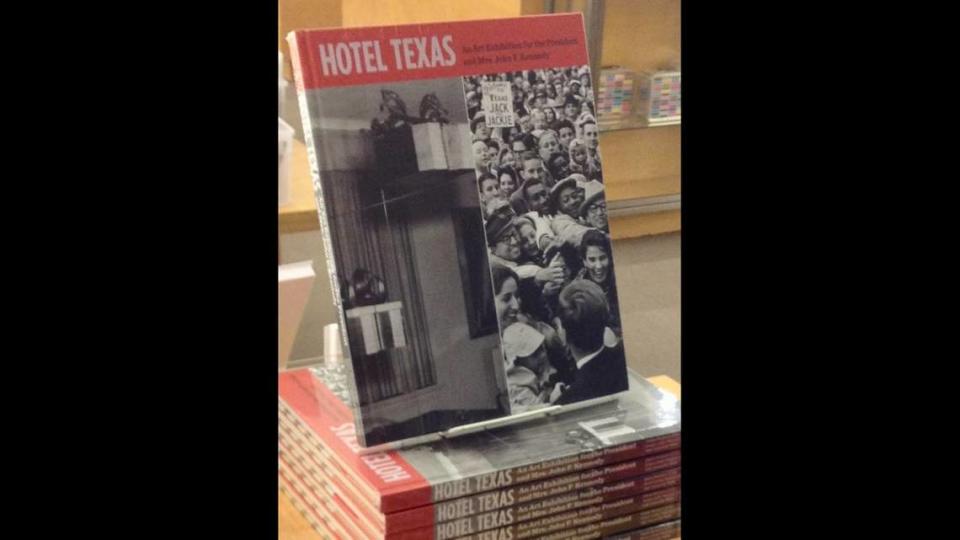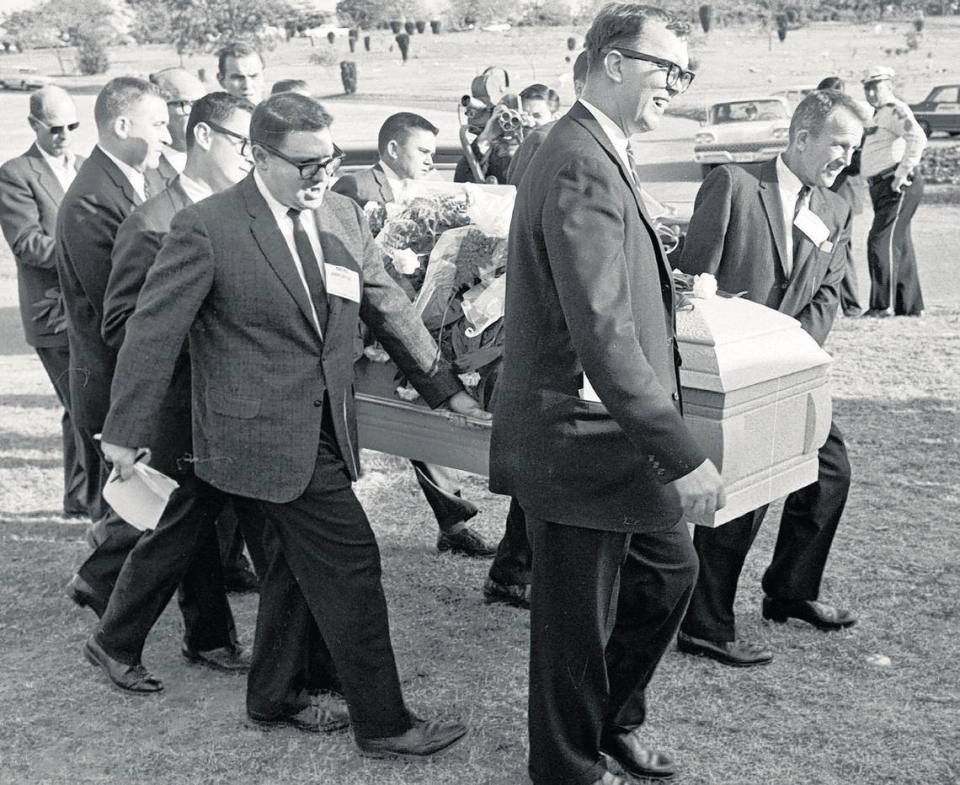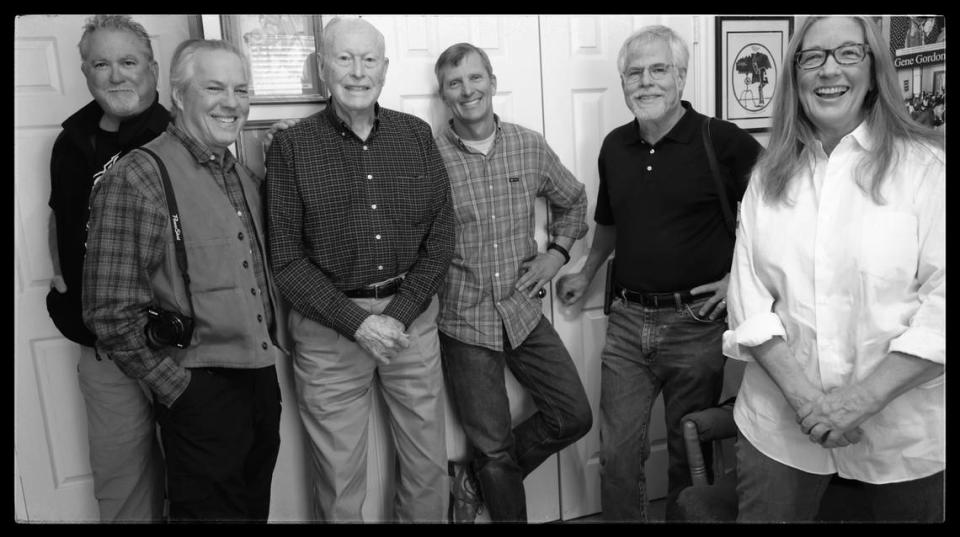‘Gene was really the father figure’: colleagues reminisce on late photographer Gordon
A former award-winning chief photographer for the Fort Worth Star-Telegram, Gene Gordon, passed away Thursday. He was 94 years old.
Gordon, the youngest of six children, was from Anson, Texas. He pursued a career in photography and landed his first job when he was 19 years old as a photographer at the Fort Worth Press, a Scripps-Howard newspaper that ran from 1921 to 1975.
“I just liked the idea of having a camera and taking pictures and processing them,” said Gordon in a 2017 interview with The Sixth Floor Museum when asked how he became interested in photography.
By 23, he became the chief photographer at The Press.

Known for photographing President John F. Kennedy in Fort Worth on the day Kennedy was assassinated and photos from the burial of Lee Harvey Oswald, Gordon won photography awards on both local and national levels.

His photos also made appearances in Newsweek and Life Magazine.
To many, Gene had a way of capturing the human element in every photo assignment.
“He was the kind of guy that would always come back with a photo,” said Roger Mallison, a former senior photographer for the Star-Telegram. “He would figure out a way to do it. He was very good at working with people and putting people at ease.”
Days after The Press closed in 1975, Gordon was hired at the Fort Worth Star-Telegram. He was named a chief photographer a year after being hired. He worked at The Press for 27 years before it ceased publication.
Gordon conceived the idea for a mobile photo lab that could be used when photographers were sent to cover out-of-town or remote assignments.
“He was always thinking of new ways to make newspapers work better,” said Max Faulkner, a retired senior photographer for the Star-Telegram who also worked with Gordon.
“Gene was like the epitome of the old school photojournalist that did everything and was everywhere,” said Ralph Lauer, a former senior staff photographer with the Star-Telegram. “He had a work ethic that was unmatched and unrivaled.”
Gordon purchased a van and custom outfitted it with a darkroom and transmission facility. The lab helped compress the cycle time so photos could be taken, the film developed, and images sent electronically to the Star-Telegram to meet newspaper deadlines.
“He was at the forefront of all the new technology,” said Faulkner. “On his ninetieth birthday back in 2019, he had a digital camera, and he was still shooting pictures.”

Gene is remembered as an impactful mentor by his colleagues at the Star-Telegram.
“He probably had a bigger influence on any of the photographers that came to the Star-Telegram than anybody else,” said Lauer. “He supplied us with basically all the insight that we needed to go out in the world and tell stories to all the readers that read the paper.”
“He was my mentor and mentor to a whole group of young photographers that came through the Star-Telegram under his watch,” said Mallison. He was the kind of guy that always got it done, so you wanted to emulate that. I watched how he operated and tried to emulate how he dealt with people in the newsroom. Everything about him was something worth imitating.”
“He did a masterful job of melding a staff of brash, young photographers and getting us to work as a team and help each other out,” said Mallison. “It was an amazing atmosphere to grow up as a young photojournalist. Gene was really the father figure of that whole thing.”
When newspapers began transitioning to color photography and color advertisements, Gene took on a new role as a Quality Control Lead in the new Star-Telegram printing facility. He was responsible for updating and improving the appearance of the newspaper. He researched alternative newsprint paper options and traveled to Europe to investigate improvements in color inks to produce the highest quality newspaper.
“He was concerned about making sure that we delivered the best product,” said Faulkner. “He was a true newspaper man, a great photographer, and a great innovator.”
After a long career at the Star-Telegram, Gordon retired in 1997.
He is survived by his wife, his three children, and his four grandchildren.

